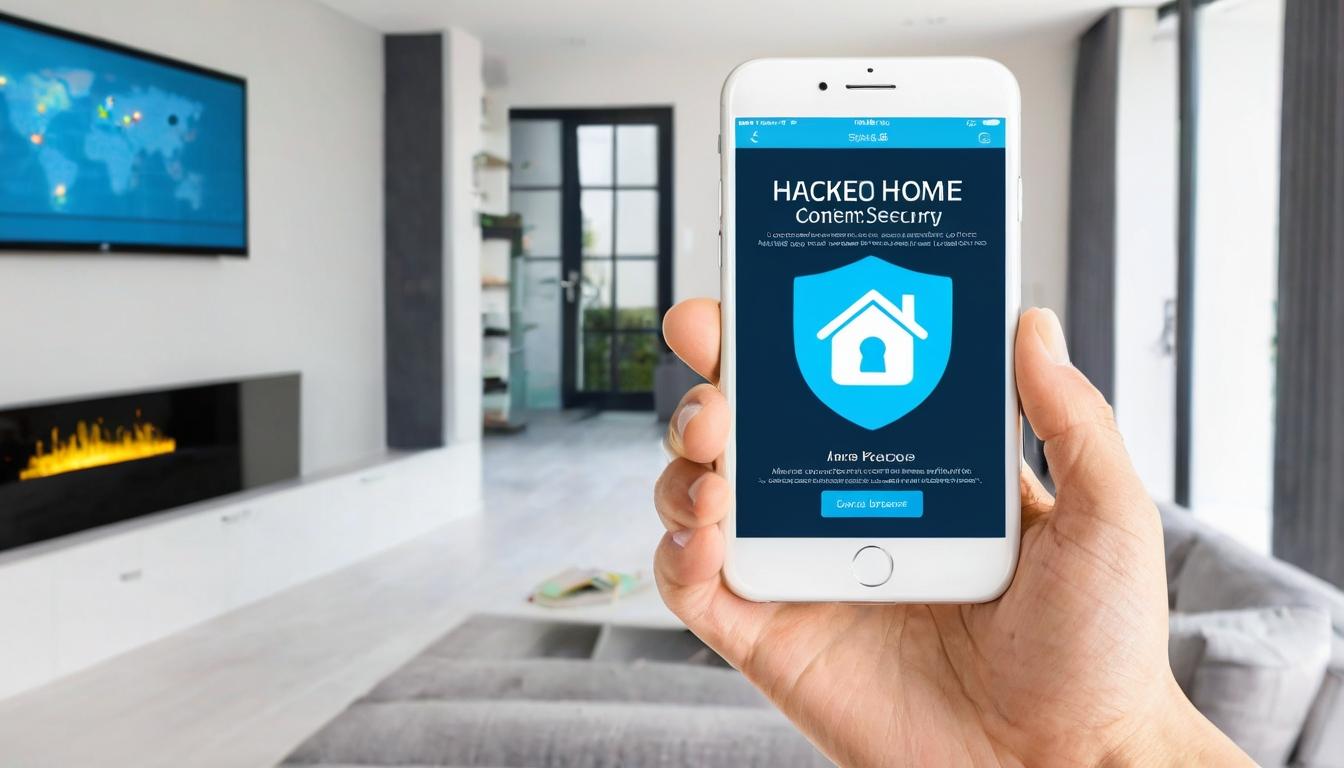The blinking blue light on your smart doorbell promises peace of mind, but behind that reassuring glow lies a complex web of vulnerabilities that security companies rarely discuss. As millions of Americans rush to install connected security systems, few realize they're trading traditional threats for digital ones that could leave their homes more exposed than ever before.
When I began investigating the smart security industry, I expected to find stories of thwarted burglaries and grateful homeowners. Instead, I uncovered something more troubling: a pattern of security breaches, privacy violations, and systemic weaknesses that manufacturers seem reluctant to address. The very devices designed to protect us are creating new attack vectors that criminals are learning to exploit with alarming efficiency.
Consider the case of the Johnson family in suburban Chicago. Their state-of-the-art security system included smart locks, cameras, and motion sensors—all connected through a single app. What they didn't know was that their Wi-Fi password, the same one they used for their streaming services, had been compromised in a data breach years earlier. The hackers didn't need to pick locks or break windows; they simply logged into the family's security system and disabled it remotely before cleaning out their home.
This isn't an isolated incident. Security researchers have documented hundreds of cases where smart security devices became the weak link in home protection. The problem isn't just about individual user error—it's about fundamental design flaws that prioritize convenience over security. Many devices ship with default passwords that users never change, while others lack basic encryption protocols that would protect sensitive data.
Privacy concerns extend beyond just security breaches. The cameras and microphones in these devices are constantly collecting data, often without clear disclosure about how that information is stored, analyzed, or potentially sold to third parties. One major security company admitted to using customer video footage to train their AI algorithms—a practice that many homeowners would object to if they were fully informed.
The industry's response to these concerns has been telling. Rather than addressing the core vulnerabilities, many companies focus on marketing new features and expanding their product lines. The race to dominate the smart home market has created a situation where security takes a backseat to innovation, leaving consumers with devices that look impressive but may not provide the protection they promise.
What's particularly concerning is how these vulnerabilities disproportionately affect vulnerable populations. Elderly users who rely on these systems for safety often lack the technical knowledge to properly secure them. Low-income families who invest in security systems as a necessity rather than a luxury may not have the resources to constantly update and maintain their digital defenses.
There are solutions, of course, but they require consumers to become more informed and proactive. Simple steps like changing default passwords, enabling two-factor authentication, and regularly updating firmware can significantly improve security. However, these measures place the burden on users rather than manufacturers, who should be building secure systems from the ground up.
The regulatory landscape hasn't kept pace with the rapid expansion of smart security technology. While traditional security companies face strict licensing and certification requirements, many smart device manufacturers operate in a regulatory gray area. This creates a situation where companies can market products as security solutions without meeting the same standards as traditional security providers.
As I dug deeper into this industry, I found security professionals who expressed serious concerns about the direction of home protection. One former security system installer told me, 'We're creating a generation of homeowners who think a blinking camera means they're safe, when in reality they might be more exposed than if they had a simple deadbolt and an alarm company monitoring their home.'
This isn't to say that smart security technology has no value. When properly implemented and secured, these systems can provide valuable protection and convenience. The problem arises when consumers trust these devices without understanding their limitations and vulnerabilities. The marketing often emphasizes the benefits while downplaying the risks, creating a false sense of security that could have serious consequences.
The future of home security likely involves a hybrid approach—combining the best of traditional security methods with carefully selected and properly secured smart technology. This means maintaining physical security measures while being strategic about which connected devices to incorporate and how to protect them. It also means demanding better from manufacturers and supporting regulations that prioritize consumer safety over corporate profits.
As homeowners, we need to approach smart security with the same skepticism we'd apply to any major purchase. Ask tough questions about data privacy, security protocols, and company track records. Don't be swayed by flashy features that might compromise your actual security. The most sophisticated system in the world won't protect you if it's built on a foundation of vulnerabilities that criminals can easily exploit.
The blinking lights and smartphone notifications might make us feel secure, but true protection requires looking beyond the surface to understand what's really happening with our security systems. In an increasingly connected world, the most important security measure might be the one we rarely consider: understanding the technology we invite into our homes and the risks that come with it.
The hidden risks of smart home security: what the industry doesn't want you to know

